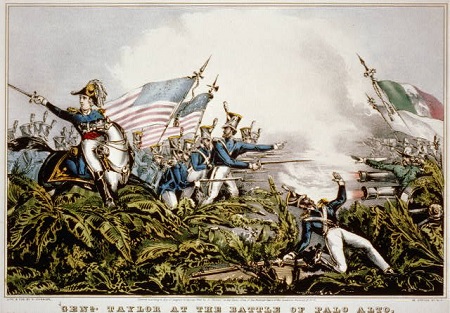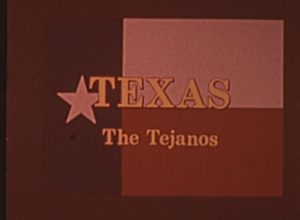
Upon the conclusion of the TEXAS REVOLUTION, the Republic of Texas contended that the Rio Grande marked its border with Mexico, while Mexico argued that the Nueces River was the boundary. Consequently, both countries laid claim to the area between the two rivers, known as the Nueces Strip. The international border dispute was not the most pressing issue for those living in the region. Far away from the core settlements of Mexico and Texas, many inhabitants felt little allegiance to either government. (Insurgent forces from the northern Mexican states of Coahulia, Nuevo León, and Tamaulipas even led a failed rebellion in 1840 to establish their own country—known as the Republic of the Rio Grande—that included the Nueces Strip.) Furthermore, both Tejano residents and Anglo settlers were more troubled by the persistent threat of Native American raids, which had plagued the region since the mid-1700s.
The debate over the Nueces Strip turned into an armed conflict in 1846, when U.S. President James K. Polk directed General Zachary Taylor’s army to advance from its post in Corpus Christi—at the mouth of the Nueces River—to Brownsville, on the Rio Grande. Perceiving the move as a military invasion, Mexico responded by sending troops across the river to ambush an American patrol. The MEXICAN-AMERICAN WAR ensued, ending two years later with the signing of the Treaty of Guadalupe Hidalgo. While the treaty’s terms established the Rio Grande as the international boundary, thereby ending the territorial dispute over the Nueces Strip, the region remained removed from core society and difficult to defend for several years.



